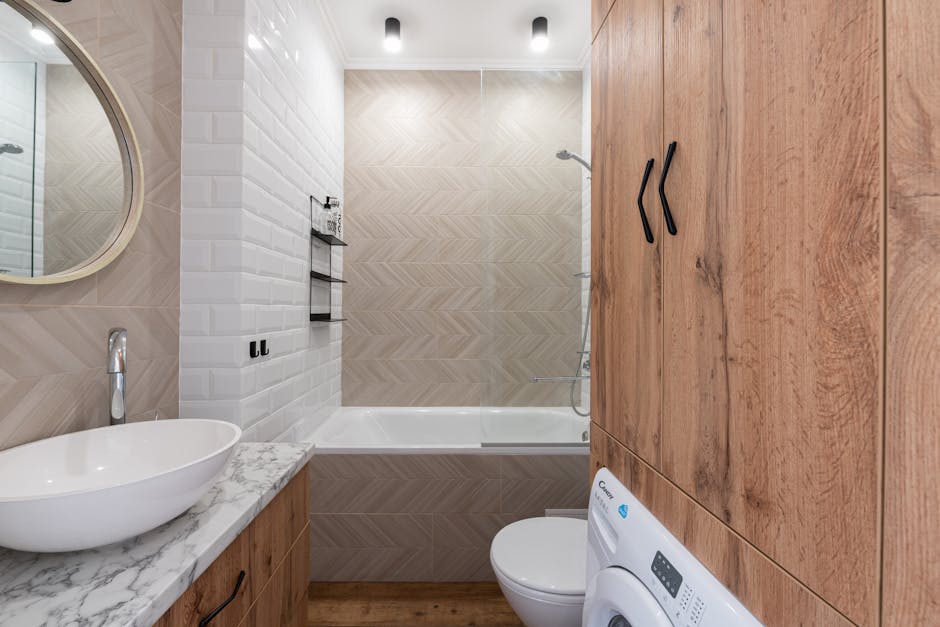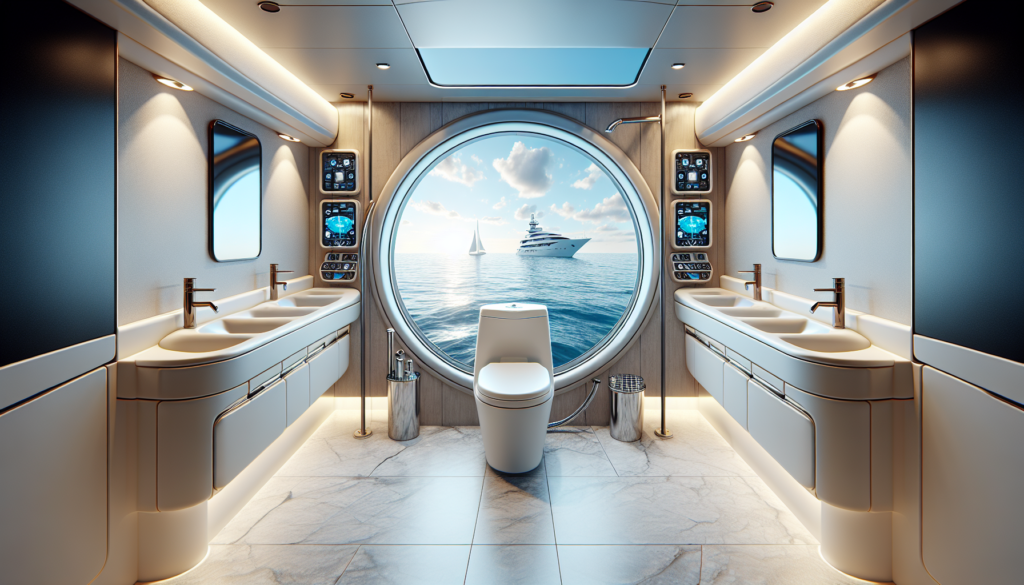Unveiling the Mysteries of Marine Toilets: A Comprehensive Guide
When it comes to marine life, there are many fascinating aspects to explore, from the diverse array of sea creatures to the vastness of the ocean itself. However, one topic that often goes overlooked is marine toilets. These essential facilities play a crucial role in maintaining cleanliness and sanitation on boats, yachts, and other water vessels. In this comprehensive guide, we will delve into the world of marine toilets, exploring their history, technology, maintenance, and more. Join us on this journey as we uncover the secrets behind these vital fixtures of maritime life.
The Evolution of Marine Toilets
Marine toilets, also known as heads, have a long and storied history that dates back to ancient times. The concept of using a toilet on a boat is not a new one, as sailors throughout history have had to find creative ways to deal with human waste while at sea. In the early days of maritime travel, sailors would simply use buckets or containers to collect their waste, which would then be tossed overboard. This practice, while effective in the short term, was not the most sanitary or sustainable solution.
As technology advanced, so too did the design of marine toilets. In the 18th century, the first mechanical marine toilets were developed, providing sailors with a more convenient and hygienic way to relieve themselves while onboard. These early toilets were often simple in design, consisting of a seat placed over a container that could be emptied out at sea. Over time, more sophisticated marine toilets were developed, incorporating features such as flushing mechanisms and waste storage tanks.
Today, marine toilets come in a variety of shapes and sizes, ranging from basic manual pump toilets to high-tech electric models with macerator pumps and vacuum flush systems. The evolution of marine toilets has been driven by a desire to improve sanitation and comfort onboard vessels, making them an essential component of modern maritime life.
Types of Marine Toilets
There are several different types of marine toilets available on the market today, each with its own unique features and benefits. Understanding the differences between these types can help boat owners choose the right toilet for their needs. Some of the most common types of marine toilets include:
Manual Pump Toilets
Manual pump toilets are the most basic type of marine toilet, requiring the user to manually pump water into the bowl to flush waste into a holding tank. While these toilets are simple in design and operation, they can be less convenient than other types of marine toilets, as they require physical effort to operate.

Electric Toilets
Electric toilets are a popular choice for boat owners looking for a more convenient and efficient option. These toilets use an electric pump to flush waste into a holding tank, eliminating the need for manual pumping. Electric toilets are often equipped with macerator pumps, which help break down waste for easier disposal.

Vacuum Flush Toilets
Vacuum flush toilets are a high-end option that use a vacuum pump to create suction and remove waste from the bowl. These toilets are known for their powerful flushing action and compact design, making them a popular choice for luxury yachts and larger vessels. Vacuum flush toilets are also more water-efficient than other types of marine toilets, making them an environmentally friendly option.

Maintenance and Care
Proper maintenance and care are essential for keeping marine toilets in good working order. Neglecting to maintain a marine toilet can lead to clogs, leaks, and other issues that can be costly to repair. To ensure the longevity of your marine toilet, follow these maintenance tips:
Regular Cleaning
Regular cleaning is key to preventing odors and bacteria buildup in a marine toilet. Use a marine-safe cleaner to clean the bowl, seat, and surrounding areas of the toilet. Be sure to also clean the waste holding tank periodically to prevent clogs and leaks.
Inspect for Leaks
Periodically inspect your marine toilet for leaks, as even small leaks can lead to water damage and mold growth. Check the hoses, seals, and connections for any signs of wear or damage, and replace them as needed to prevent leaks.
Use Marine-Safe Products
When cleaning your marine toilet, be sure to use marine-safe products that are designed specifically for use in marine environments. Avoid using harsh chemicals or abrasive cleaners, as these can damage the toilet and its components.
Proper Waste Disposal
Proper waste disposal is crucial for maintaining a marine toilet. Always dispose of waste in designated pump-out stations or waste disposal facilities to prevent pollution of the marine environment. Avoid dumping waste overboard, as this can harm marine life and ecosystems.
The Future of Marine Toilets
As technology advances and environmental concerns become more prominent, the future of marine toilets is likely to see further innovation and development. New technologies, such as waterless toilets and composting toilets, are being explored as more sustainable alternatives to traditional marine toilets. These eco-friendly options can help reduce water usage and minimize the impact of waste on the marine environment.
Additionally, smart toilets equipped with sensors and connectivity features are becoming increasingly popular, allowing boat owners to monitor and control their toilets remotely. These smart toilets can provide real-time data on water usage, waste levels, and maintenance needs, making it easier to keep marine toilets in top condition.
Expert Opinions
We reached out to marine industry experts for their insights on marine toilets and their importance. According to Dr. Sarah Johnson, a marine biologist specializing in marine sanitation, “Marine toilets play a crucial role in maintaining the cleanliness and hygiene of boats, yachts, and other vessels. Proper sanitation is essential for preventing the spread of disease and protecting the marine environment.”
Captain David Smith, a seasoned sailor with over 20 years of experience, shared his thoughts on the evolution of marine toilets. “I’ve seen a lot of changes in marine toilets over the years, from basic manual pump toilets to high-tech electric models. The advancements in technology have made marine toilets more efficient and user-friendly, which is a major benefit for boat owners.”
Conclusion
To wrap things up, marine toilets are an essential component of maritime life, providing comfort, convenience, and sanitation on board boats and yachts. From their humble beginnings as simple bucket systems to today’s high-tech electric and vacuum flush toilets, marine toilets have come a long way in terms of design and functionality.
As technology continues to advance and environmental concerns grow, the future of marine toilets is likely to see further innovation and sustainability. By following proper maintenance and care practices, boat owners can ensure that their marine toilets remain in top condition for years to come. So next time you’re out at sea, take a moment to appreciate the humble marine toilet and the important role it plays in keeping our waters clean and safe.



